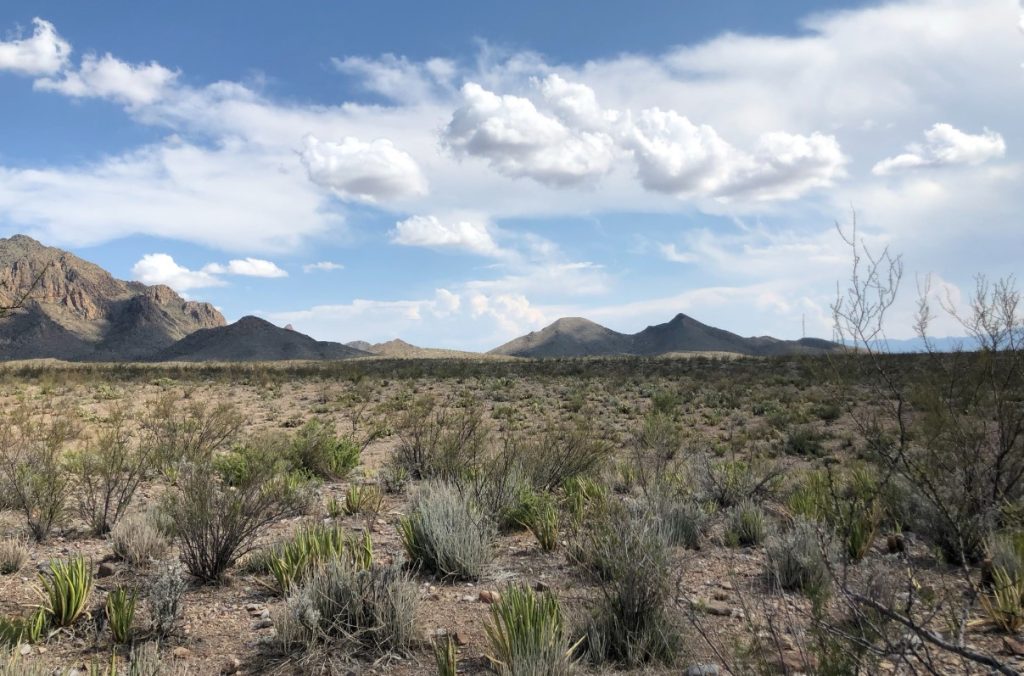Monumental Minerals drills 0.10% TREO over 3.30 metres at Jemi project, Mexico

Monumental Minerals Corp. [TSXV-MNRL; OTCQB-MNMRF] reported results from the maiden drilling program at the Jemi rare earth element (REE) project in Coahuila, Mexico, about 40 km south of the Texas, United States, border.
One diamond drill rig commenced drilling on the Veladora North and South prospect areas in early July to test areas with a high frequency of REE-mineralized dikes and sills at the surface. In addition, 3-D aeromagnetic highs at less than 300 metres depth were targeted, interpreted to be the magmatic bodies that fed veins, dikes and sills observed at surface. The program concluded on August 18, 2023, with a total of 2,000 metres drilled in 14 holes which ranged from 50 to 321 m in length.
Of the 2,000 metres drilled, 186 metres of core (124 samples) returned anomalous REE concentrations. These samples contained total rare earth oxides (TREO) results greater than 500 parts per million (ppm), with a maximum of 2,018 ppm, and a mean and standard deviation of 717 and 282 ppm (respectively).
Heavy rare earth oxides (HREO) are also highest in these samples with a maximum of 517 ppm, and a mean and standard deviation of 164 ppm and 98 ppm (respectively). Anomalous TREO and HREO values were observed in every drill hole except JV-23-08 and JV-23-10.
Core logging confirmed anomalous REE assay values relate to the presence of the mineral eudialyte, consistent with surface mapping at the Jemi project. At Veladora North eudialyte was almost always found within discreet veins, dykes and sills, emplaced into host sedimentary rock sequences.
At Veladora South, elevated REE values are regularly associated with massive pegmatitic syentite intrusions, especially within holes JV-23-11, JV-23-13, and JV-23-14. Eudialyte was commonly observed as intergrowth mineralization within these intrusions.
Drill hole intersections with anomalous REEs were generally continuous and associated with aegirine as banded lithologies. The geochemistry at Veladora South indicates that the peralkaline rocks are highly fractionated, a characteristic shared with major REE deposits. Veladora South is also associated with intense pervasive fentinization (metasomatic alteration by nepheline syenite intrusive rocks) of host sedimentary rocks resulting in skarn minerals throughout boreholes, supporting the existence a buried nepheline syenite intrusion.
Dr. Jamil Sader, CEO and Director commented: “The Monumental Minerals drilling program at Jemi was the first in the area, with all drill holes targeting prospective areas based on surface geochemistry and 3D aeromagnetic geophysics. Interpretation of drilling results including assays and core logging show that Jemi continues to be a highly prospective target for rare earth elements. Our initial drilling campaign has proven very valuable in vectoring toward potential buried mineralization at Jemi.”
The company used artificial intelligence (AI) to interpret the geochemistry of drill core and determined that the Veladora South area is more prospective. These data, plus core mineralogy, fentinization alteration in conjunction with 3D aeromagnetic geophysical data will be used to target other potential high-grade mineralization at Veladora South, and adjacent areas to the south of the current drill program within the untested Jemi Dykes area.
The Jemi project is characterized by broad areas of peralkaline intrusion-related REE mineralized dykes and sills at the margins of the La Vasca igneous complex observed at that surface. These intrusive bodies contain high grades of heavy rare earth oxides (HREO) dysprosium (Dy) and terbium (Tb), light rare earth elements (LREE) neodymium (Nd) and praseodymium (Pr), all critical to permanent magnets for EVs. Additionally, surface samples contain high concentrations of niobium (Nb) and tantalum (Ta).
The company’s flagship asset is the Jemi HREE project located in Coahuila, Mexico near the Texas, USA border which the company has an option to acquire 100% of the 3,650-hectare project. The company has an option to acquire a 75% interest and title to the Laguna cesium-lithium brine project located in Chile and a 50.01% interest in the Salar De Turi lithium project in Chile.
